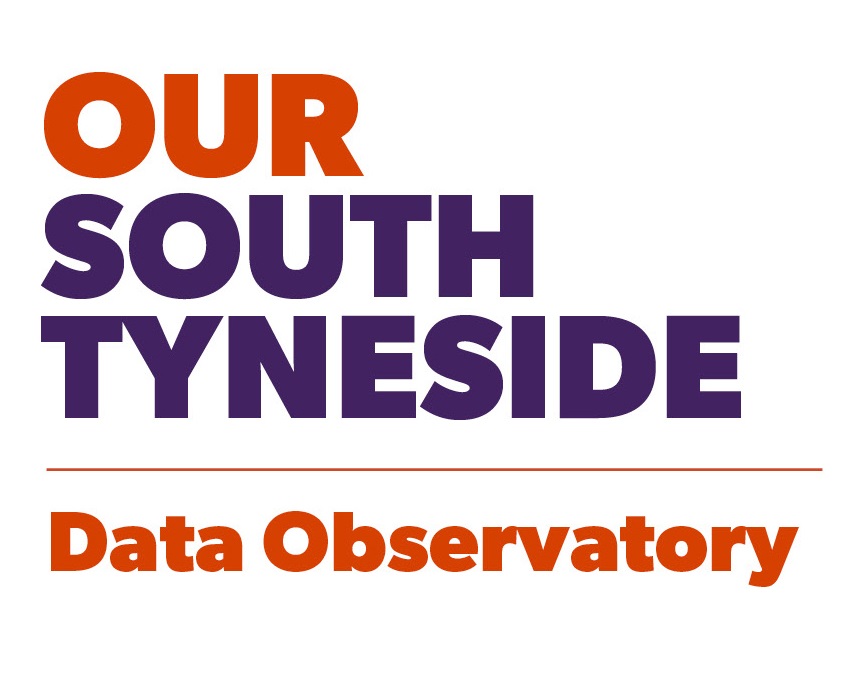How To
In each section below, you will find information and video tutorials providing step-by-step guides on the main functions and tools of Our South Tyneside Data Observatory.
Please remember to pause our tutorials as and when required in order to read captions which may only appear briefly.
Relevant pages:
Custom Area Reporter
Useful for: Viewing data across non-standard areas
The Custom Area Reporter tool enables users to build a ‘custom area’ from several standard boundaries (e.g. Wards, LSOAs*). You can then generate reports for this custom area, across all data themes on Our South Tyneside Data Observatory.
*See our Geography page for further detail on the geographies we use to reference data on this site.
Data by Theme
Useful for: Viewing data by thematic report and data for smaller geographies
Data themes are the topic areas covered on Our South Tyneside Data Observatory (e.g. Population, Crime & Community Safety, Housing, etc.) – you can find them listed under the ‘Data by Theme’ banner tab or on our Homepage. They typically contain more information than Ward Profiles.
There are three components: borough overview, reports and a map. When you visit a data theme, you will automatically be presented with the borough overview – a summary of the theme for the whole borough. Alternatively, you can click ‘Reports’ at the top of the page and generate a Ward or LSOA-level* summary for the Data Theme. From the overview and reports, you can:
- View or print whole reports
- Copy and paste data tables and charts
- Download data from tables and charts
- View metadata
*See our Geography page for further detail on the geographies we use to reference data on this site.
Data Themes and Maps
Useful for: Data for smaller geographies, geographical correlation, patterns and patterns over time
Data themes often have mapping functions – you will find the ‘Map’ button at the top of the page. The map allows users to display thematic data geographically. Users can change the data and geography shown (e.g. Wards, LSOAs*), the basemap and the symbol levels on the map. Users can easily sort and download data, export or print maps. You can also use the time slider at the top of some maps to visualise time trends.
*See our Geography page for further detail on the geographies we use to reference data on this site.
Data Explorer
Useful for: Sourcing relevant data, sharing data with colleagues, and benchmarking
The Data Explorer enables users to search all indicators available on Our South Tyneside Data Observatory – you can find additional datasets that aren’t included in our standard profiles and reports. Use the ‘search bar’ and ‘filters’ to narrow your search. Once you’ve found relevant indicators, you can:
- Explore their metadata
- Display and download data tables for areas at your selected geographical level
- Create and download maps
- Add indicators to your ‘favourites’
- Share individual indicators and your ‘favourites’ list with colleagues
Quick Ward Profiles
Useful for: Ward-based queries
A Quick Ward Profile provides a summary of all the data themes on Our South Tyneside Data Observatory (e.g. Population, Crime & Community Safety, Housing, etc.) at Ward level. Quick Ward Profiles are accessible from the Homepage. Choose a Ward by clicking on the map or search for a postcode and return the relevant Ward Profile. From the resulting report, you can:
- View or print whole reports
- Copy and paste charts
- Download data from tables
- View metadata

